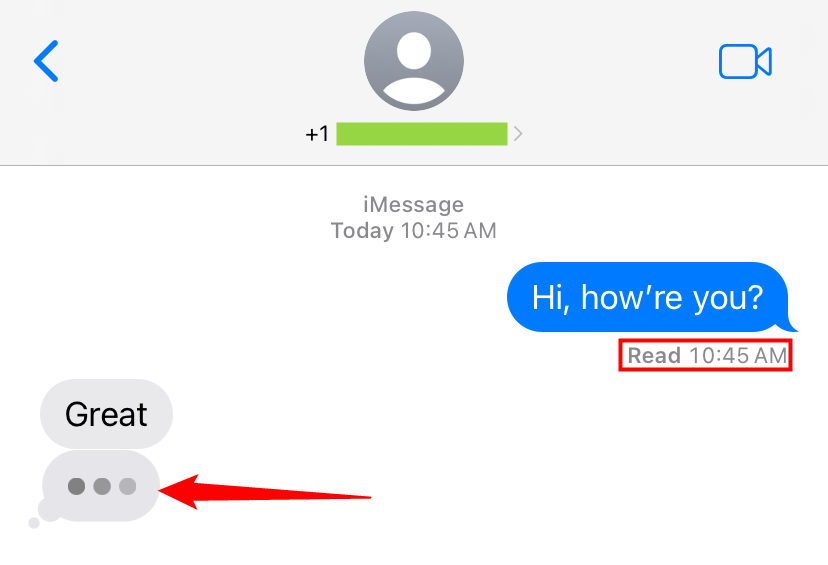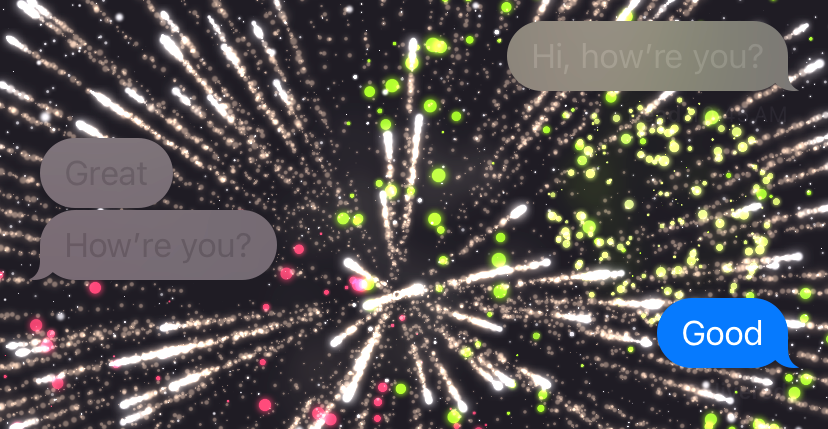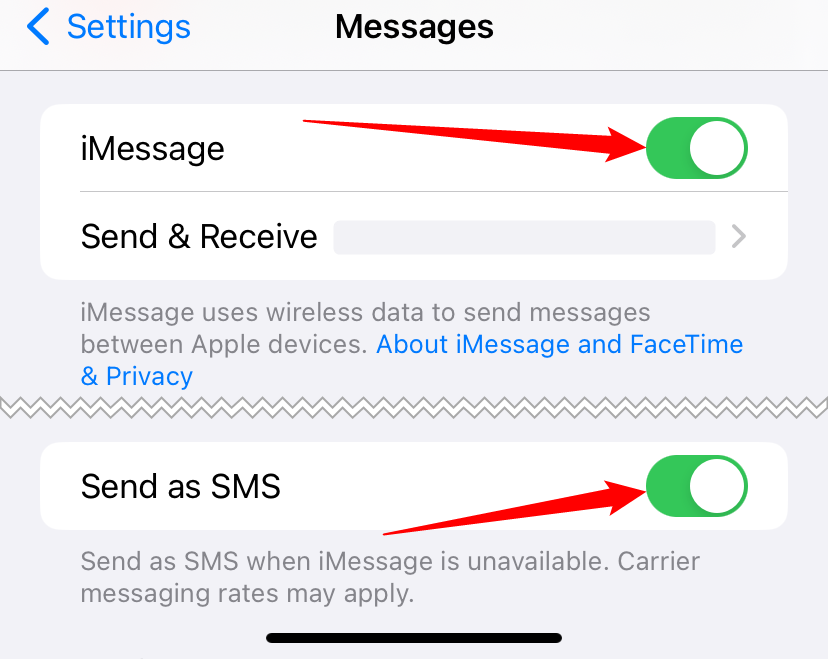
The Hidden Meaning Behind Different Message Bubble Colors on Your iPhone

iMessage: The Colorful World of iPhone Messaging Explore the mysteries behind green and blue messages, uncover the benefits of iMessage, and find out what to do if you're missing those elusive blue bubbles Get ready to dive into the captivating realm of iPhone messaging
Key Takeaways
Messages with green bubbles are regular SMS text messages, while blue bubbles indicate messages sent via iMessage, a platform specific to Apple devices.
iMessage utilizes cellular data or Wi-Fi, eliminating the need for users to pay additional SMS/MMS fees and enabling the transmission of messages even without stable cell service.
Apart from that, iMessage also provides delivery status indicators, facilitates group chat, enables the sending of large files, and boasts a variety of supplementary features such as stickers and visual effects.
You may have noticed that some messages in iPhone's Message app are green, while some are blue. What do those colors mean and does it even matter?
How Do You Know if a Message Was Sent Over iMessage?
What Are the Advantages of Using iMessage?
Regular SMS text messages are represented by messages with green bubbles. On the other hand, messages with blue bubbles indicate communication using the iMessage instant messaging protocol, which is exclusive to Apple devices. If both communicating devices have iMessage enabled, messages will be displayed in blue. However, if you are communicating with a device that does not support iMessage, such as an Android phone or an iPhone without iMessage activated, the messages will appear in green.
There are several benefits of using iMessage. The main advantage is that iMessage solely relies on cellular data or Wi-Fi, eliminating the need to pay SMS fees imposed by your carrier plan. This can help you save on extra charges for SMS/MMS. While unlimited texting plans may not be affected, this was a significant advantage when iMessage was first introduced in 2011. Additionally, iMessage does not require a strong cell signal and can work with any internet connection. Moreover, you can utilize iMessage without associating it with a phone number. Instead, the recipients will see the message originating from your Apple account.
However, the advantages of iMessage go beyond this. By using data instead of SMS, iMessage offers numerous additional features compared to basic text messaging. For instance, iMessage includes delivery status indicators. Below your messages, you can view text confirming when the message was delivered or read. Moreover, you will observe a message bubble with an active ellipse when the person you are messaging is typing a new message. These features rely on the continuous presence of a data connection.
In addition to its basic messaging features, iMessage offers a range of exciting extras. It provides a complete ecosystem of apps that enhance the messaging experience. Users can make conversations more fun by adding stickers or opt for practical functionality such as sharing a weather update, making quick payments, or exchanging details of a dinner reservation. Moreover, with the introduction of iOS 10, iMessage gained various visually appealing effects. Users can now customize their messages with lively backgrounds, animated text, and even hand-drawn fonts.
Moreover, iMessage simplifies the process of sending large files. While most cellular providers impose limitations on MMS file sizes, typically allowing only a few MB, iMessage breaks barriers by accommodating files of up to 100 MB. This remarkable enhancement prevents frustrating scenarios where your MMS message is rejected due to a mere 3.1 MB instead of the permitted 3 MB.
iMessage offers reliable support for group chats, although it can sometimes have issues when including non-iOS users.
And this is only the tip of the iceberg regarding iMessage's capabilities — the platform frequently receives updates and introduces new features.
In summary, unless you have any urgent concerns, there is absolutely no reason not to utilize iMessage. It functions seamlessly on a data network and seamlessly switches to SMS when your data network is inaccessible (and you are not connected to Wi-Fi). Moreover, it works perfectly fine with regular SMS/MMS when communicating with individuals who do not possess an Apple Device.
What If I Don't See Any Blue Messages at All?
If both you and the person you are communicating with are using Apple devices, but the messages you send and receive are not appearing in blue, it is possible that one of you does not have iMessage enabled. To activate iMessage, simply go to Settings > Messages.
On the Messages screen, you'll find two important toggles that are enabled by default on new devices. The "iMessage" toggle is used to activate or deactivate iMessaging. The "Send as SMS" toggle allows you to choose if the Messages app should automatically switch to sending messages via SMS when iMessage is not accessible.
incompatible










